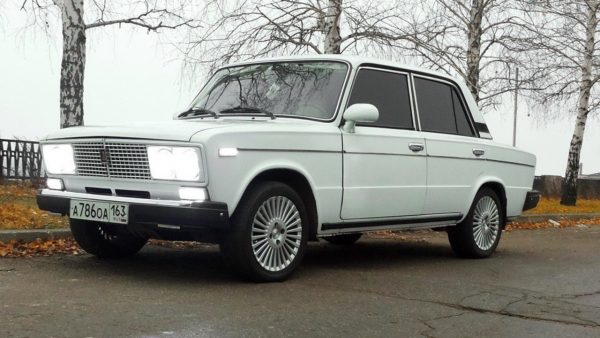
Review of VAZ 2106: Soviet classics
Content
The Volga Automobile Plant has a rich history. Each released model was a kind of breakthrough in the domestic automotive industry and gained immense popularity. However, among all the modifications, the VAZ 2106 deserves special attention, being a turning point in the history of AvtoVAZ.
VAZ 2106: model overview
VAZ 2106, popularly nicknamed the "six", also had several more official names, for example, "Lada-1600" or "Lada-1600". The car was produced from 1976 to 2006 on the basis of the Volga Automobile Plant (AvtoVAZ). Periodically, the model was also made at other enterprises in Russia.
"Six" - rear-wheel drive model of a small class with a sedan body. VAZ 2106 is a clear successor to the 2103 series, with numerous modifications and upgrades.

To date, the VAZ 2106 is considered one of the most popular domestic cars - the number of produced models exceeds 4,3 million units.
Video: review and test drive "six"
Serial modifications
The beginning of the development of the VAZ 2106 was launched in 1974. The work was codenamed "Project 21031". That is, the AvtoVAZ designers intended to modify the VAZ 2103, which was popular at that time, and release its new counterpart. The following areas were taken as the main problems for work:
- reducing the price of the model by reducing expensive materials;
- modernization of lighting devices;
- exterior changes;
- modification of the factory mark.
The exterior of the "six" was created by V. Antipin, and the original, recognizable at first sight rear lights - by V. Stepanov.
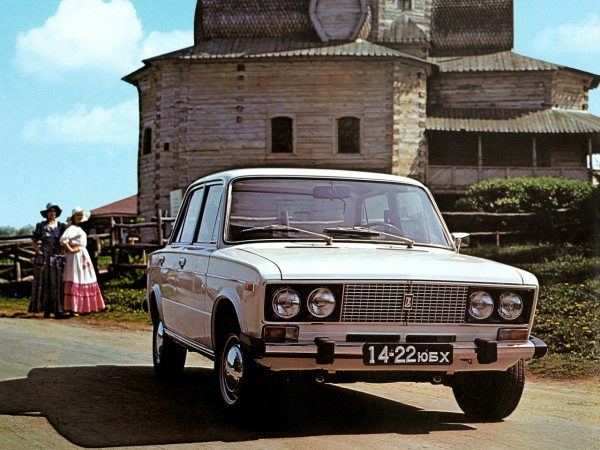

The "six" had several serial modifications, each of which had its own design features and external features:
- VAZ 21061 was equipped with a motor from VAZ 2103. The model had a simplified design, for the Soviet market the body was equipped with elements from VAZ 2105. If we talk about export models, then VAZ 21061 was distinguished by a better finish and minor changes in electrical circuits. VAZ 21061 was originally developed for the Canadian market, where it was supplied with aluminum bumpers, with special black plastic lining and sidelights.
- VAZ 21062 - another export modification, delivered to countries with left-hand traffic. Accordingly, the steering wheel was located on the right side.
- VAZ 21063 has become a more modernized model, as the equipment included a comfortable interior trim, a presentable appearance of the body and numerous electrical appliances (oil pressure sensor, electric fan, etc.). The model was equipped with engines from a penny, so when the production of these power units ended in 1994, the 21063 era also came to an end.
- VAZ 21064 - a slightly modified version of the VAZ 21062, designed exclusively for export to countries with left-hand traffic.
- VAZ 21065 - a modification of the "six" of a new model, produced since 1990. The model was distinguished by more powerful movement characteristics and high-quality equipment.
- VAZ 21066 - export version with a right-hand drive.


The modification number, as well as the body number, are located on a special plate on the lower shelf of the air intake box on the right side.
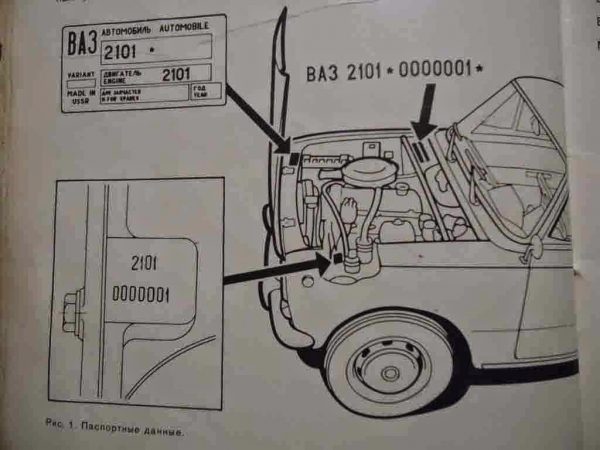

More about the VAZ 2106 body: https://bumper.guru/klassicheskie-modeli-vaz/poleznoe/remont-vaz-2106.html
Additional versions of the VAZ 2106
Few people know, but the release of 2106 was not limited to six modifications. In fact, there are highly specialized models that are unknown to a wide range of motorists:
- VAZ 2106 "Tourist" is a pickup truck with a built-in tent in the back. The model was developed by special order of the technical director of the Volga Automobile Plant, but after the release of the first copy, the Tourist was rejected. The model was released in silver, but since its use was intended exclusively for the needs of the factory, the car was repainted in red.
- VAZ 2106 "Half past six" is also presented in a single copy. The model was built on the personal order of L. I. Brezhnev. The name was derived from the fact that the car combined the characteristics taken from the VAZ 2106 and the future prototype of the VAZ 2107. The "half past six" was distinguished by export-quality bumpers, anatomical seats and a radiator grill from the "seven".


Technical characteristics of the model
VAZ 2106 sedan cars are one of the most compact models in the entire AvtoVAZ line. "Six" has the following dimensions:
- length - 4166 mm;
- width - 1611 mm;
- height - 1440 mm.
The ground clearance of the car is 170 mm, which even today is quite acceptable for driving on city and country roads. With a curb weight of 1035 kg, the car overcomes all road obstacles with surprising ease. VAZ 2106 has a trunk with a volume of 345 liters, the luggage compartment cannot be increased due to folding seats.
It is important that the VAZ 2106 was produced only in rear-wheel drive.
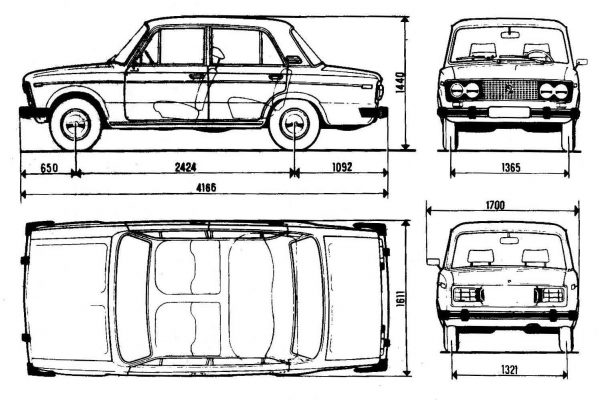

Read about the device of the rear axle VAZ 2106: https://bumper.guru/klassicheskie-modeli-vaz/zadnij-most/zadniy-most-vaz-2106.html
Motor characteristics
VAZ 2106 in different years was equipped with dispersed power units with a volume of 1,3 to 1,6 liters. However, all engines had four in-line cylinders and ran on gasoline. The cylinder diameter is 79 mm, and their compression ratio is 8,5. Power models - from 64 to 75 horsepower.
Models were produced equipped with a carburetor, which allowed the engine to work without interruption for a long time. To power the engine, a gas tank reserve was used, which was 39 liters.
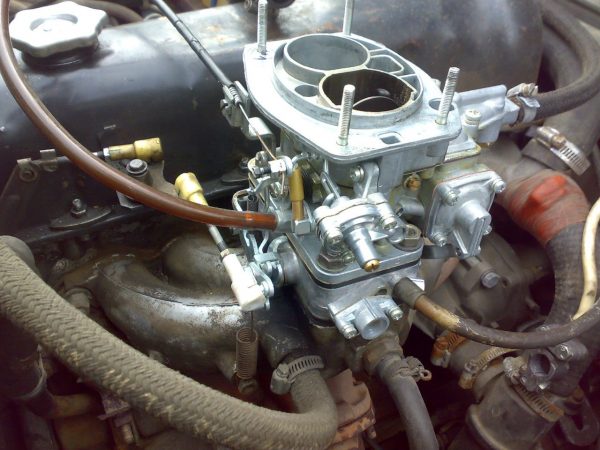

The engine worked in conjunction with a four-speed manual gearbox. Only late VAZ 2106 models began to be equipped with a five-speed manual transmission.
The maximum speed that the "six" could develop on a flat road was 150 km / h. Acceleration time to 100 km / h - 17 seconds. Fuel consumption in the urban cycle is 9.5 liters.
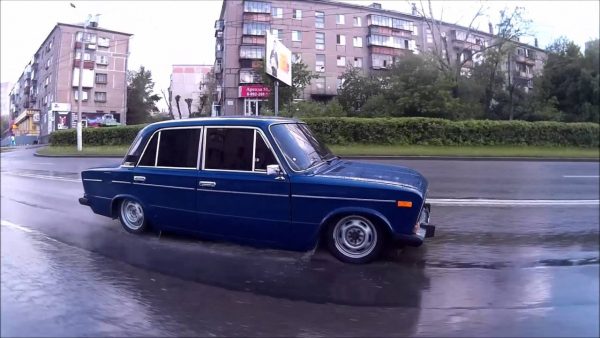

Gear shift diagram
A four-speed gearbox worked on the first "sixes": 4 speeds forward and 1 back. The gearshift scheme was typical: the driver must perform the same actions as on any other car in order to increase or decrease the speed.


The main “diseases” of this manual transmission were considered to be oil leakage, which occurred due to cracking of the seals, a loose fit of the clutch housing, as well as noisy operation of mechanisms or difficulties in shifting gears with a low level of transmission fluid. The synchronizer teeth were quickly developed, the gears could spontaneously turn off and the gearshift knob moved to the “neutral” position.
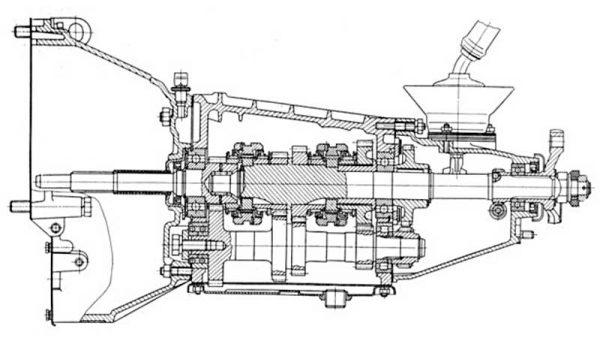

More about the VAZ 2106 gearbox: https://bumper.guru/klassicheskie-modeli-vaz/kpp/korobka-peredach-vaz-2106.html
Salon Description
The designers of the VAZ did not particularly bother with the comfort of the cabin or the presentability of the exterior of the cars. Their task was to develop a functional and reliable car.
Therefore, the “six” as a whole continued the ascetic traditions of their predecessors. The interior trim was made of thin plastic, and the doors did not have shockproof bars, so noise while driving was an integral attribute of the "six". A big failure (even by the standards of the 1980s) can be considered a thin and very slippery steering wheel. The steering wheel was sheathed with cheap rubber, which constantly slipped out of the hands.


However, the fabric for upholstery of chairs has proven itself from the best side. The wear resistance of the material allows you to operate the car even now without additional upholstery of the interior.
The instrument panel was particularly ascetic, but it had all the necessary instruments and control functions. The plastic used, with good care, has not cracked for many years. In addition, if self-repair of internal equipment was necessary, the driver could easily disassemble the dashboard and reassemble it again without any consequences.
Video: review of the Six salon


Watch this video on YouTube
VAZ 2106 is still actively used in private ownership. The car is distinguished by its affordable cost and ease of repair, so many motorists prefer the “six” to other domestic models.

